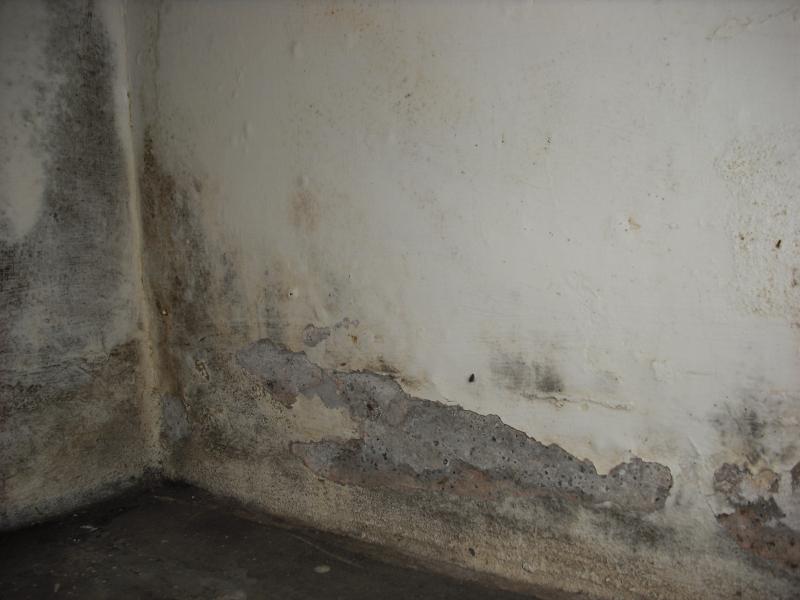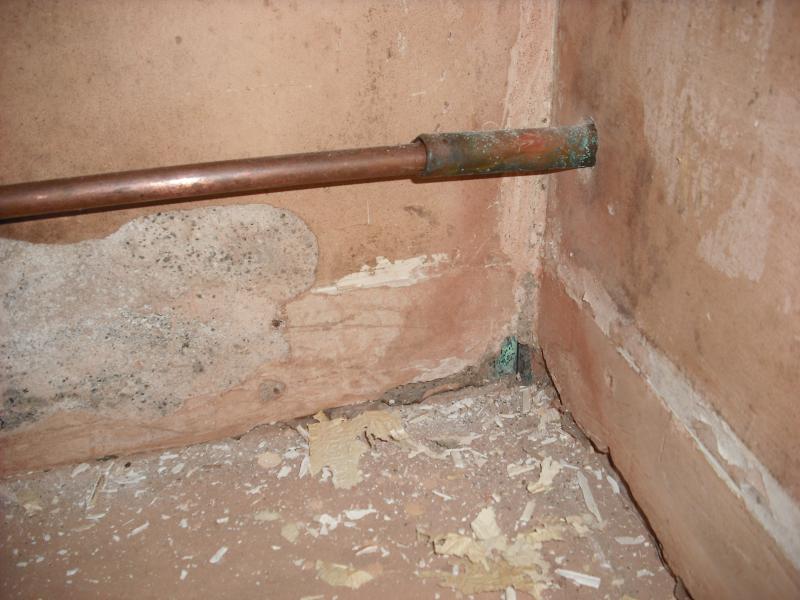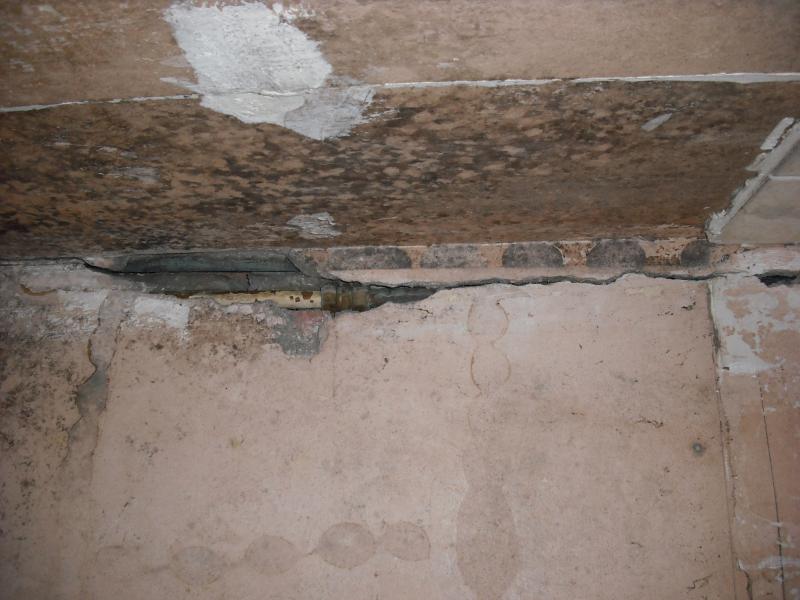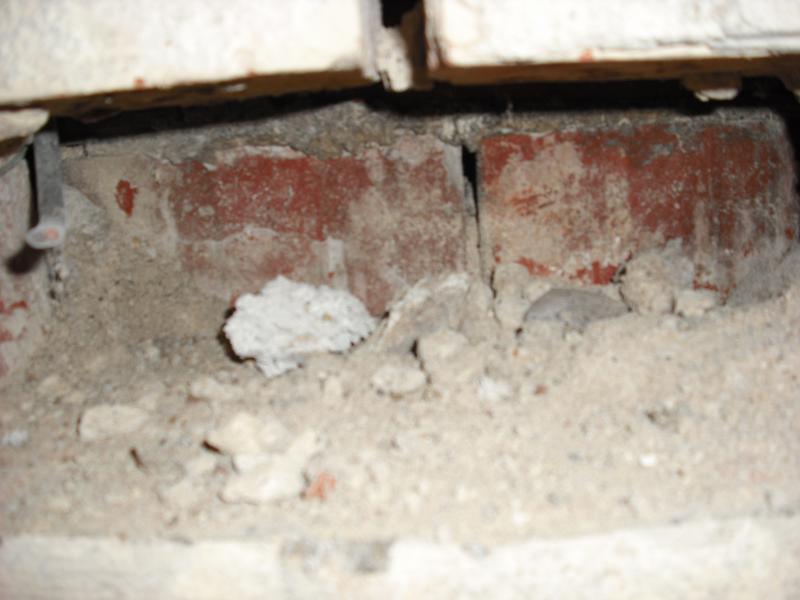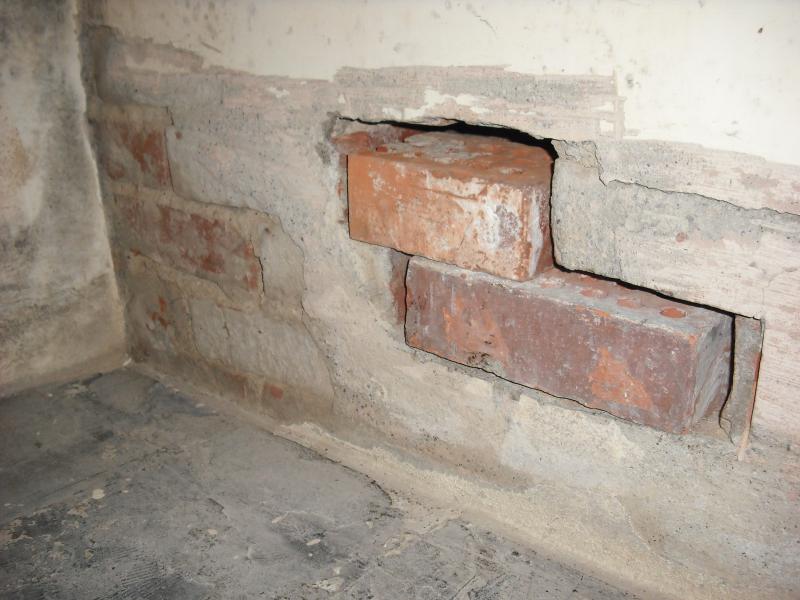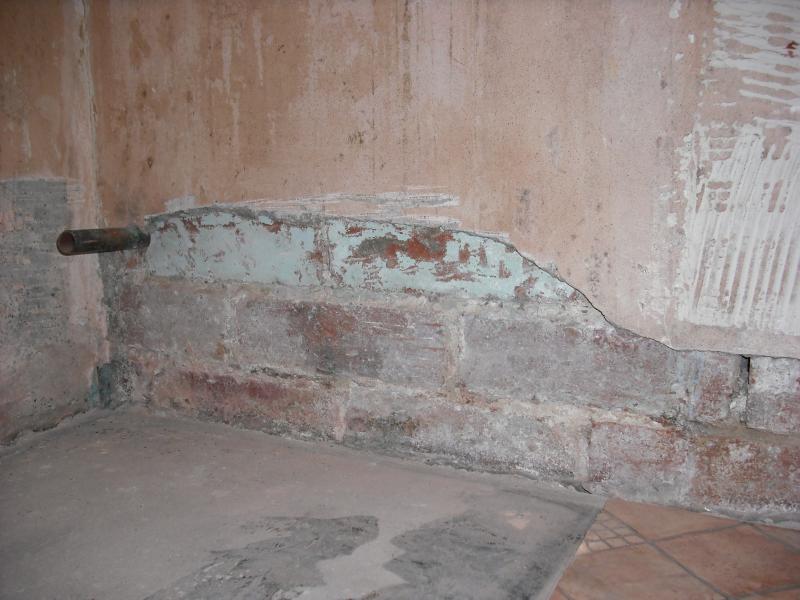I have a minor damp problem that I want to remove before fitting a new kitchen. Once I have repointed the externalwall which is partly the cause I need to sort out the inside wall. I have removed some damagef plaster and render I will replace but what other measures do you recommend.
I will repoint the exposed internal brickwork as some of the mortar is missing. Should I treat the exposed brickwork before making good the render if so what with? Some suggestions have been pva, bitumen to a full chemical doc but I don't want to to to that level
Ya
Some pics of the wall before removing some of the render, plaster was blistered at base and render was blown in worst corner - the White wall pic
I will repoint the exposed internal brickwork as some of the mortar is missing. Should I treat the exposed brickwork before making good the render if so what with? Some suggestions have been pva, bitumen to a full chemical doc but I don't want to to to that level
Ya
Some pics of the wall before removing some of the render, plaster was blistered at base and render was blown in worst corner - the White wall pic


